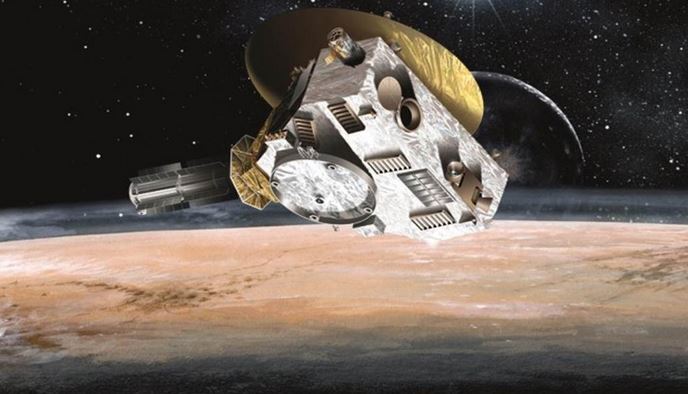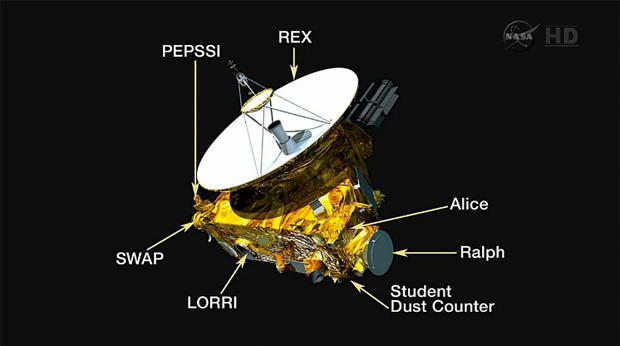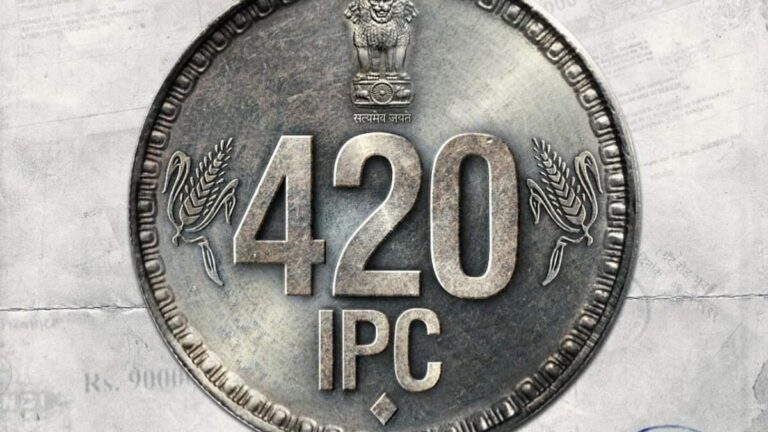NASA’s New Horizons Probe Begins Epic Flyby Over Pluto


Space technology is the ever-growing and proliferating branch of science. It’s time to visit Pluto, the ninth planet of our solar system and youngest of Earth’s eight planetary neighbors.
US Space Agency NASA’s New Horizons Probe officially began its much-awaited historic encounter with Pluto. The spacecraft will approach to the dwarf planet with the first close-up flyby scheduled for July 14, 2015.
New Horizons spacecraft was lifted off in Jan 2006. The piano-sized spacecraft awoke from its final hibernation period in early December for the encounter after a voyage of nine years covering more than 4.8 million km (3 billion miles) and several instruments including a space-dust detector, were activated .
Alan Stern, NASA’s New Horizons Probe’s principal investigator from Southwest Research Institute, said in a statement:
“We’ve completed the longest journey any spacecraft has flown from Earth to reach its primary target, and we are ready to begin exploring!”

As per the space agency, photo shoot of the Pluto system is to begin from Jan 25, using the probe’s Long- Range Reconnaissance Imager. NASA proclaimed that the pictures will play a crucial role in navigating the probe as it covers the remaining 220 million km (135 million miles) to the planet. It will also help scientists understand the dynamics of Pluto’s moons. However, it is known about the moons of Pluto that they are three in number (Charon and two unnamed, discovered in 2005).
Mark Holdridge, the New Horizon’s encounter manager from John Hopkins University, said:
“We need to refine our knowledge of where Pluto will be when New Horizon flies past it. The flying time also has to be exact because the computer commands that will orient the spacecraft and point the scientific instruments are based on precisely knowing the time we pass Pluto which these images will help us determine.”
The probe’s instruments will also measure the high- energy particles streaming from the Sun and dust- particle concentrations in the inner reaches of the Kuiper Belt, the unexplored outer region of the solar system that includes Pluto and potentially thousands of similar icy, rocky small planets.
Pluto’s closest approach is scheduled for July 14, when NASA’s New Horizons Probe will pass within 10,000 km (6,200 miles) of the planet’s surface, travelling at a speed of 43,000 km (27,000 miles) per hour.
NASA’s New Horizons Probe will then head further into the Kuiper Belt to examine one or two of the ancient, icy small worlds in that vast region, which is at least 1.6 billion km (one billion miles) beyond Pluto.
Read more space and science news here on fossBytes.





